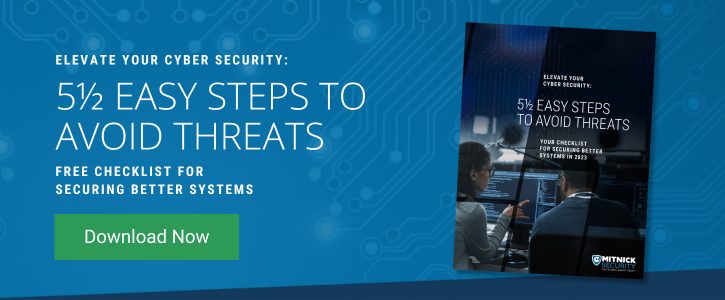To keep bad actors at bay, most businesses will have their system software regularly scanned for high-level security vulnerabilities. Sometimes after a scan, a cyber security professional assesses the results. These professionals often weed out false positives and offer recommendations for improving your defenses in the form of a vulnerability assessment report (VA report).
The key difference between a vulnerability scan and an assessment is that the assessment involves the expert analysis behind the data. Although this isn’t a full penetration test, a security vulnerability assessment can alert you to the major weaknesses on your network-accessible systems, and provide a report that can help you resolve these issues.
Here, we will discuss exactly what the VA report will show, and how to utilize the report effectively.
Key Takeaways From a Vulnerability Assessment Report
Although VA reports may be organized differently, there are main components that should always be included. In a VA report, you are likely to find:
- Discovered vulnerabilities. Any vulnerability found during the scan and assessed by a professional should be included in the report.
- Detailed information. You should be given detailed information about the discovered vulnerabilities. For example, the report may include the risk level and location for a found faulty authentication mechanism in your computer network.
- Research and solutions. A thorough vulnerability assessment report can include references for research into the specific types of weaknesses and suggestions on how to fix the source of the issue.
Scanning and assessment alone aren’t enough. If you sit on the report, you could be putting your business at risk. Act quickly on any discovered vulnerabilities from the VA report to ensure all major security holes are fixed, and then re-scan to validate that these weaknesses were successfully addressed.
Vulnerability Scanning: When Is It Needed?
If your organization is new and has never had a scan, or if it’s been a long time, a vulnerability scan and assessment should be done as soon as possible. We also recommend a VA any time an application is upgraded, there is an addition or change to the network, or when new equipment is installed.
We advise a quarterly vulnerability assessment routine as a proactive prevention plan against new threats in order to gather insights from the report and decide which actions to take next.
How VA Report Insights Safeguard You Between Penetration Tests
A quarterly vulnerability assessment can help you create a proactive prevention plan against vulnerabilities as new threats occur. Since a cybersecurity professional analyzes the security scan, you can be assured that all information in the report is accurate and suggestions are ready for you to execute.
Use the report to uncover larger areas of weaknesses in your organization, and to decide which penetration test might be necessary. For example, if the vulnerability assessment report indicates there are issues with your website security, you may want to conduct an external network penetration test for a deeper look into all of your customer-facing assets.
While penetration tests are a thorough option that includes a more tailored approach to finding vulnerabilities, pentests take a significantly longer time to complete. This is why they are best performed annually in addition to the more time-efficient vulnerability assessments.
Additionally, routine assessments and their associated reports can help you catch high-level threats quickly, potentially allowing your team to tackle issues as they appear, instead of hundreds of backlogged threats at once, and safeguard your organization from threats in between penetration tests.
Your Security Is Our Priority
As a crucial part of your cybersecurity plan, we take vulnerability scanning and assessment to the next level with actionable VA reports backed by the Global Ghost Team to leave you feeling confident in your defense against bad actors.
While vulnerability scans with Mitnick Security are a great interim way to check your security posture, there is no replacement for a full-scale penetration test or taking additional steps to protect your organization. Learn more by downloading the 5 ½ Easy Steps to Avoid Cyber Threats guide.


